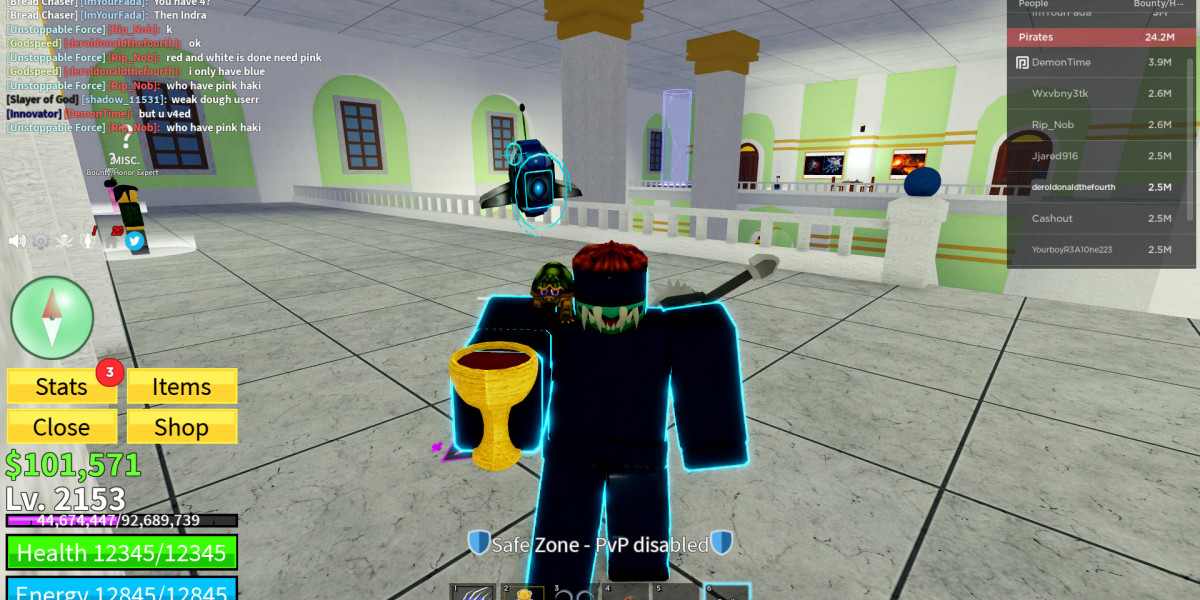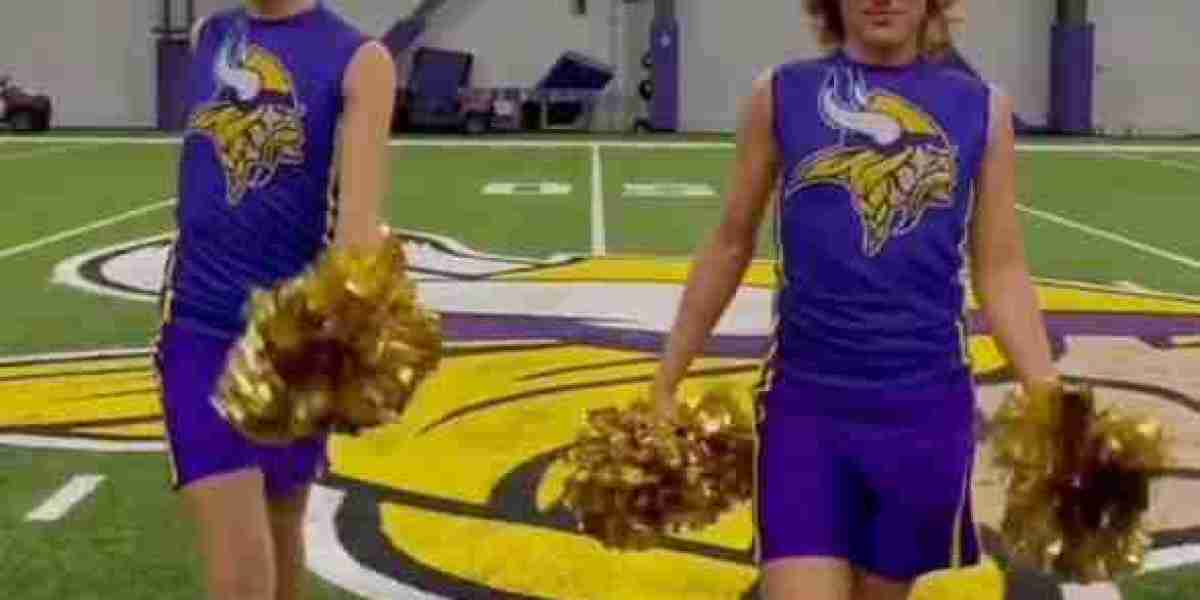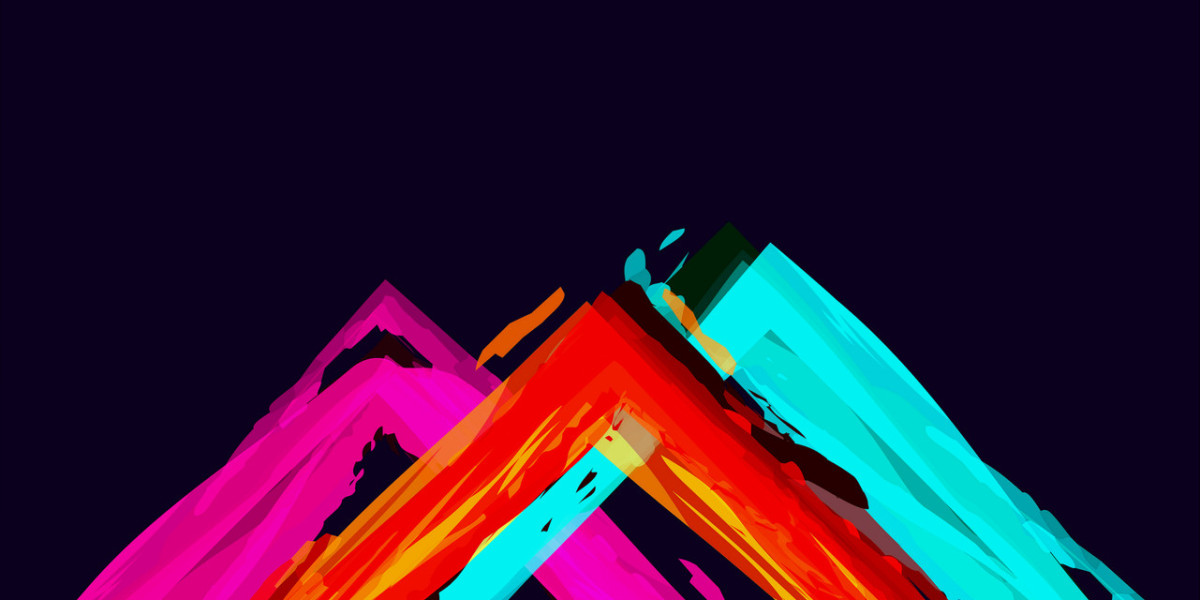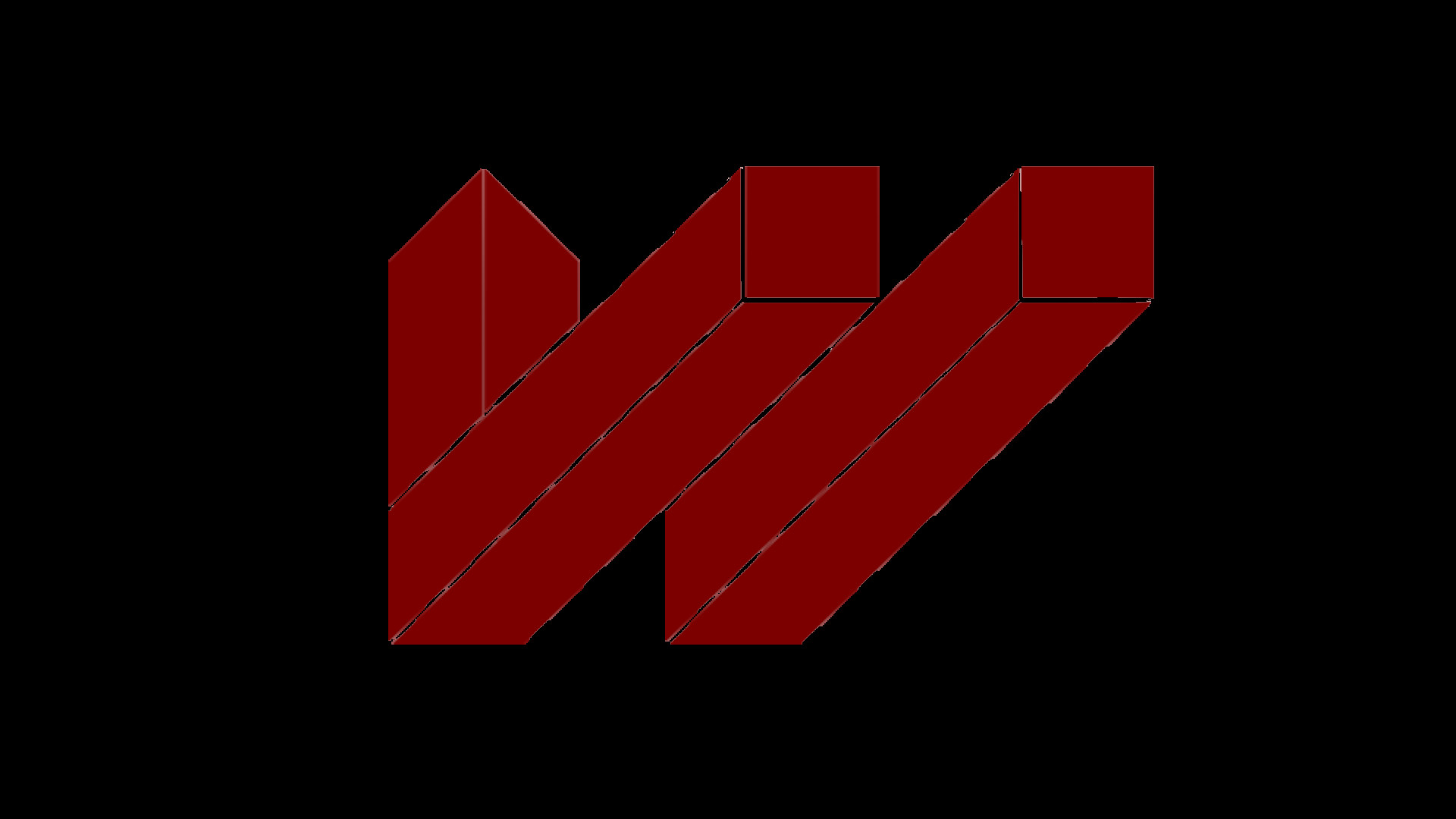In the year 2030, Facebook was no longer the unstoppable force it once was. After decades of dominance, a new player had entered the arena—WorldWave, a revolutionary platform that promised true digital freedom, real-time interaction, and AI-driven customization beyond anything humanity had ever seen.
At first, Meta executives brushed off WorldWave as just another startup doomed to fail. But within months, the numbers told a different story. Facebook’s daily active users were plummeting. Advertisers, frustrated with Meta’s restrictive policies and declining engagement, began migrating to the fresh, vibrant ecosystem of WorldWave.
WorldWave was different. Instead of an algorithm that manipulated what people saw, it allowed users to control their own experience. AI companions helped people find communities tailored to their real interests, and every interaction felt organic, not curated for profit. People weren’t just scrolling mindlessly anymore—they were truly connecting.
Mark Zuckerberg called an emergency meeting.
“We need to adapt. We need to fight back,” he told his board of executives.
But it was already too late.
The younger generation had abandoned Facebook and Instagram entirely. Celebrities and influencers were flocking to WorldWave, where their posts weren’t drowned by paid promotions. Even governments began using WorldWave for official communications, recognizing its transparency and security.
Desperate, Meta launched a smear campaign, calling WorldWave “dangerous” and “too radical.” But this backfired spectacularly. The world had seen through Facebook’s tactics—its history of privacy violations, misinformation, and algorithmic manipulation. People were done.
In 2032, Meta announced it was shutting down Facebook.
WorldWave had won.
And for the first time in years, the internet felt free again.










